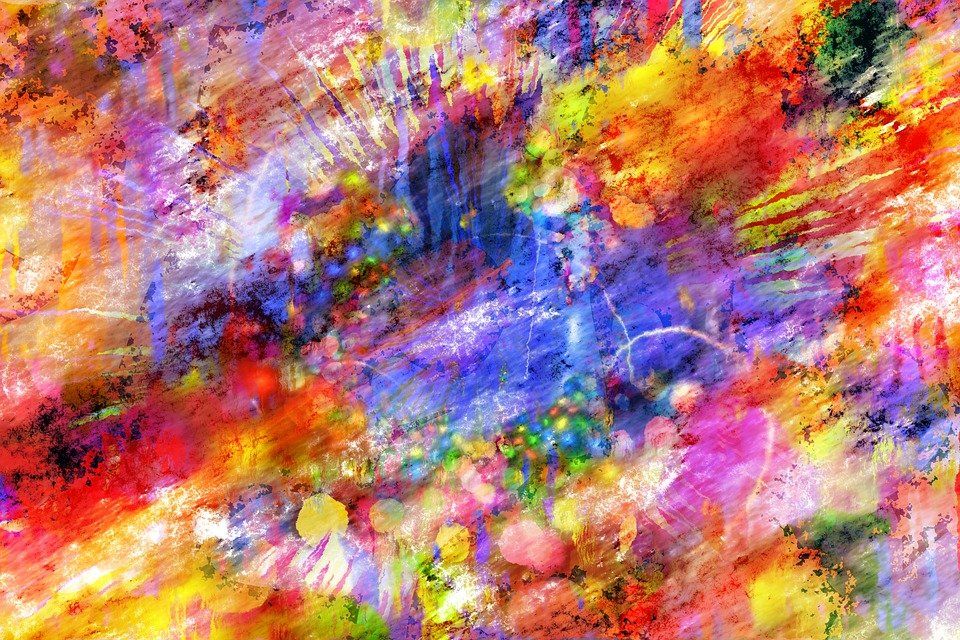Basic Colour Theory
The Colour Wheel
Colours can draw attention and make a statement. They can set a mood, energize or soothe. They can convey formality, warmth, vibrancy or playfulness. Used effectively, colour can be powerful design element. The harmonious use of colour depends on an understanding of colour theory, and it all begins with the colour wheel.
Originally designed in 1666 by Sir Isaac Newton, the colour wheel is a circular model that explains how to combine colours to create colour harmonies. Others have studied and designed variations of Newton’s concept, but the circular model remains at the heart of colour theory.
Colour theory explains how we, as humans, perceive colour. It expounds how colours mix, match, and, yes, even clash. In colour theory, harmonious colour combinations use
- any two colours directly opposite each other on the colour wheel (complementary colours)
- any three colours equally spaced around the colour wheel forming a triangle (triadic colours)
- any four colours forming a rectangle (tetradic colours)
- any three or four colours immediately adjacent to each other on the colour wheel (analogous colours)
We’ll discuss these colour harmonies (also called colour schemes ) in future posts, but, for now, let’s explore the colour wheel in greater detail.
Primary colours
Looking back to grade school, you likely remember basic art projects in which you were given three paint colours: red, yellow and blue. It isn’t possible to mix pigments to create these colours. That’s why they’re called primary colours. They cannot be formed by combinations of other colours; all other colours are derived from these three hues.
Secondary colours
As mentioned, all other colours are formed by combining the primary colours. The secondary colours are orange, green and violet.
Tertiary colours
Combining a primary colour (i.e., red, yellow or blue) with a secondary colour (i.e., orange, green or violet) produces a tertiary colour. There are six tertiary colours. Note that the name of the primary colour always appears first.
- red-orange
- red-violet
- yellow-orange
- yellow-green
- blue-green
- blue-violet
Warm up to cool colours
There is another distinction to be made when learning about colour and colour schemes. It relates to the ways humans perceive, and react to, colour. Colours communicate subliminal and sometimes cultural messages. Warm colours (reds, oranges, yellows) energize and are typically associated with brightness, playfulness and youthfulness. Conversely, cool colours (greens, blues, violets) are often identified with elegance, calm, peace and serenity.
Once you recognize colour temperature, you then understand how colour choices have a bearing on your designs.
Colour’s not all black and white.
In looking at the colour wheel again, you may wonder how we got from three primary colours, three secondary colours and six tertiary colours to … holy snap, that’s a lot of colours! That’s because colour isn’t all black and white. Unless it is.
You see, hue refers to a pure colour. Red is a hue. Orange is a hue. Add black, white or grey and … that’s a horse of a different colour, isn’t it?
A tint is a hue to which white has been added. For example, add white to red to get pink.
A shade is a hue to which black has been added. Add black to red to get burgundy. Adding black or grey creates a tone : these additions darken the original hue and make the colour subtler and less intense.
Why colour choice matters
As Danny Kaye is reported to have said, “Life is a blank canvas; throw all the paint on it you can.” This, however, doesn’t give you carte blanche to go out and create all manner of garish colour combinations!
Now that you understand how colours work together to evoke emotions and reactions, you’re better able to make sound branding decisions and colour choices. Use your newfound knowledge to make your brand stand apart, appeal to your target demographic and, hopefully, achieve positive results.










